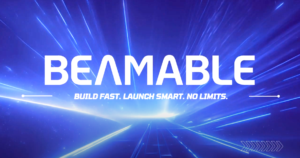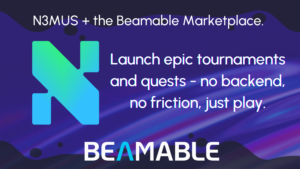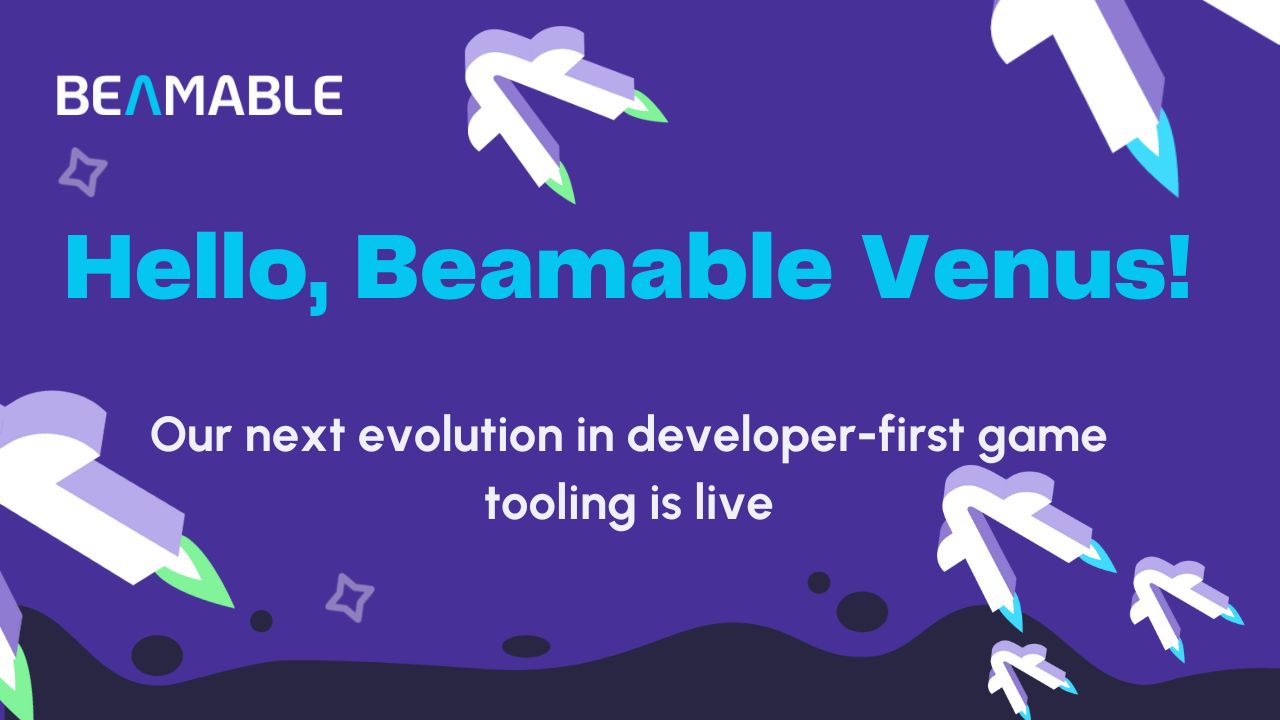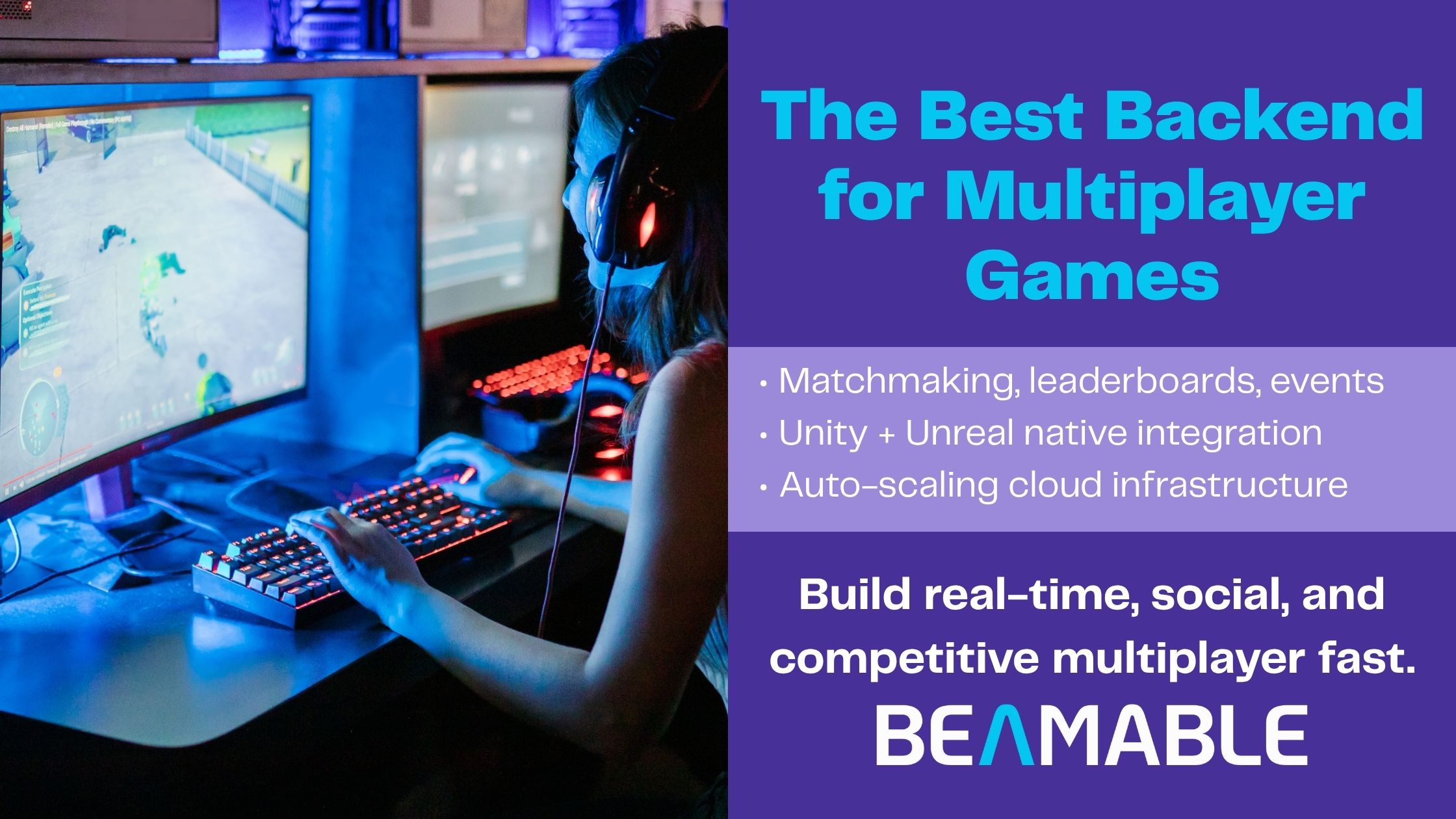How Beamable Enables Web3 Games

How Beamable Enables Web3 Games
Blockchain integration is entirely optional–drop it in, or leave it out according to your game’s requirements. When you do choose to build a blockchain game with Beamable, we established several guiding principles to ensure your success:
- Authority of the chain. The blockchain becomes the source of truth about who owns what in your game’s economy
- Automation. As ownership changes occur on-chain, these changes are automatically reflected in your game servers. Similarly, when something in the game results in an ownership change (such as gaining something from a treasure chest, or players trading with each other) these changes are automatically transacted on-chain
- Performance. Your high-performing game servers built with Beamable provide moment-to-moment data about items–so that you can deal with thousands of API calls/second without being concerned about blockchain bottlenecks
- Optionality. Giving you flexibility around your blockchain options while you’re still developing your game–making it possible to build around interfaces that will adapt to different blockchains.
- Security. Robust access controls limit which game realms can record on-chain changes, and who has the authority to grant items to players.
From the game development standpoint, we wanted to achieve the same simplicity as with other Beamable systems. Beamable is built around people–meaning we think first in terms of the developer experience, and making it easy for the right people to interact according to the workflows that are mostly native to them. For example:
- Designers can parameterize items through spreadsheets, or through form-based interfaces built into Unity and Unreal.
- Programmers can add features to the parts that touch items from within Unity Editor or Unreal Studio, without fussing with backend code or implementing middleware.
- Live Ops personnel can use browser-based interfaces to set up events that grant item rewards, schedule content, perform customer service duties, etc.
Every software module that interacts with items–such as account management, inventory, campaign messaging, and events–all use the same interfaces whether for an on-chain or non-chain asset. That’s because our Web3 support is built on top of the Managed Inventory service, which provides an interoperability layer around the items in your game economy.
Here are some example screens of what the support looks like for a game built on the Solana blockchain (keeping in mind that the experience is reasonably identical for any other chain that has a Beamable integration):
Here, a programmer works inside Unity–using drag-and-drop tools to add account management buttons, wallet federation, and item use to a game:
The above only takes minutes to add to a game, because everything is performed visually inside Unity Editor.
What if customer support needs to review the history of one of your players? They can just look at a player account through the Beamable Portal:
Similarly, if a customer service person has the authorization to grant an item to a player, they could do that through the Web interface as well:
In the above example, you can look at the block explorer to confirm that the player’s wallet is appropriately updated:
Get Started Now
To get started with Beamable, sign up at beamable.com and visit our github repo for the latest web3 sample code & SDKs




